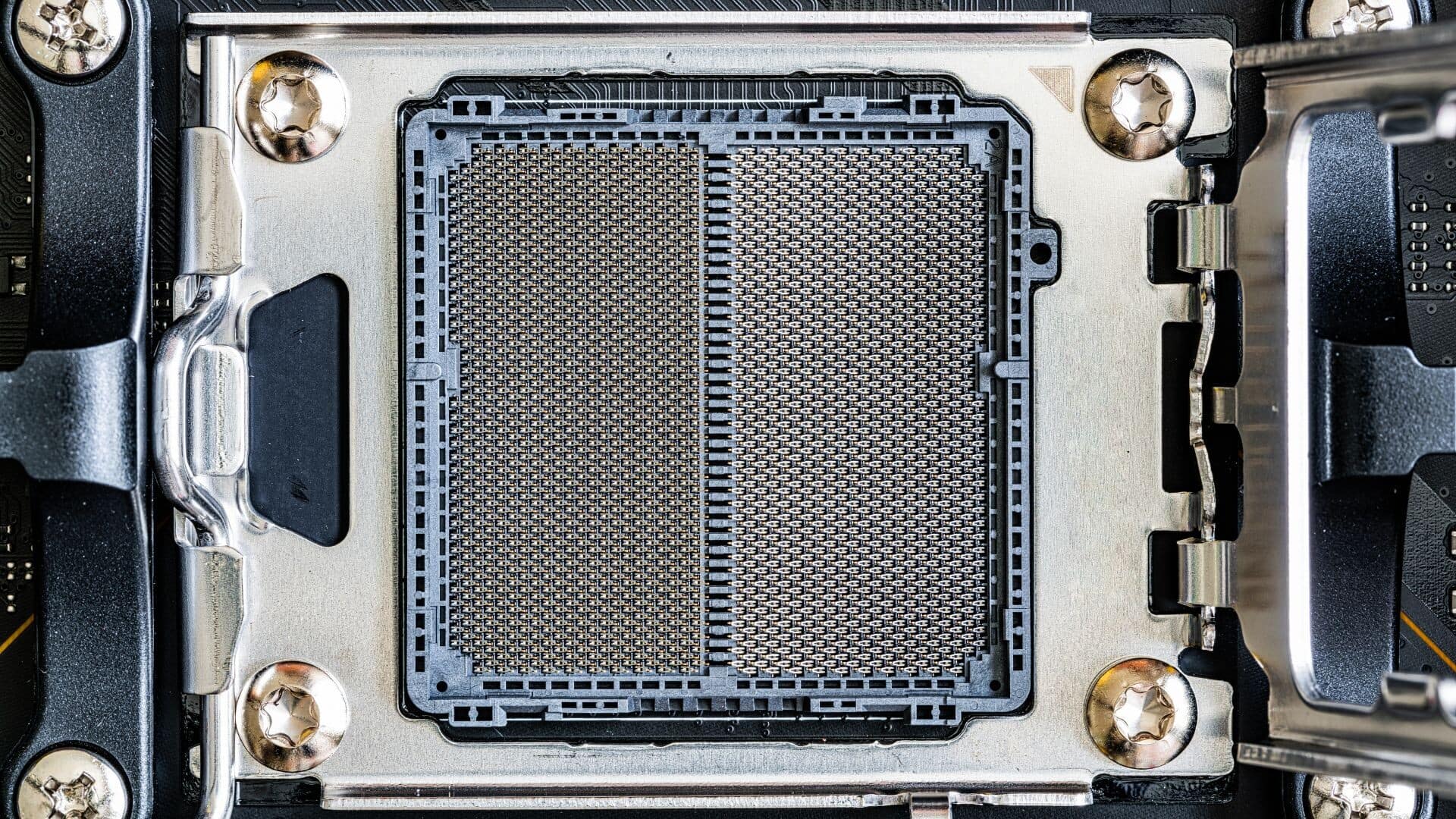
US scientists develop new superconductor material for quantum computing
What's the story
A team of US-based scientists has made a significant breakthrough in the field of superconductors, with potential implications for quantum computing. The researchers have developed a new type of superconductor material that could function as a "topological superconductor." This unique material not only exhibits zero electrical resistance but also possesses special properties pertaining to its shape or topology.
Data processing
Topological superconductors: A robust data carrier
Topological superconductors use a delocalized state of an electron or hole to carry quantum information and process data robustly. This characteristic makes them crucial for the development of sturdy quantum computers, that are highly sensitive to various forms of interference. "Our material could be a promising candidate for developing more scalable and reliable quantum computing components," stated Peng Wei, who led the research team.
Material synthesis
Innovative combination results in unique superconductor
The research team created their unique superconductor by combining trigonal tellurium, known for its chiral and non-magnetic properties, with a surface state superconductor produced on a thin film of gold. This resulted in a 2D interface superconductor with distinct characteristics. "By creating a very clean interface between the chiral material and gold, we developed a two-dimensional interface superconductor," Wei explained.
Quantum potential
Unique superconductor could revolutionize quantum computing
The interface superconductor is unique as it exists in an environment, where the energy of the spin is six times higher and robust than those in conventional superconductors. This enhancement creates the potential to use excitations at the interface to generate spin quantum bits, or qubits, which are fundamental units of quantum information in quantum computers.
Quantum hurdles
New material could overcome quantum computing challenges
The researchers successfully built high-quality, low-loss microwave resonators using materials significantly thinner than those commonly used in the industry. "We achieved this using materials that are one order of magnitude thinner than those typically used in the quantum computing industry," Wei highlighted. He further emphasized that the main challenge in quantum computing is mitigating decoherence or degradation of quantum information within a qubit system.
Magnetic transition
Superconductor's magnetic field response hints at future applications
The team's research also revealed that the interface superconductor undergoes an interesting transition under the influence of a magnetic field, suggesting a transformation into a "triplet superconductor." This type of superconductor shows increased stability in magnetic fields and naturally suppresses sources of decoherence arising from material defects. These findings hint at potential future applications for this new superconductor material in quantum computing.